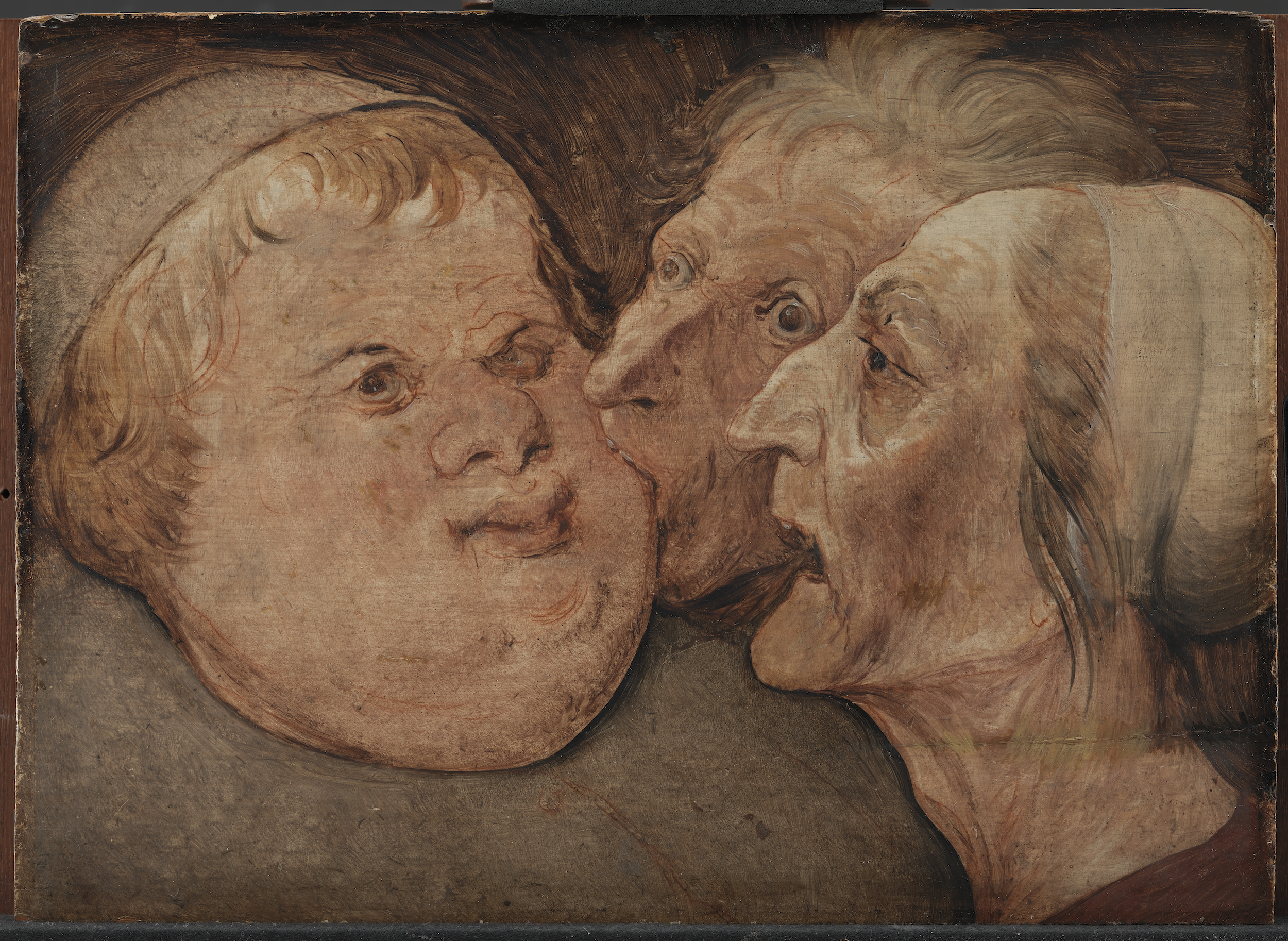We present today's painting thanks to Statens Museum for Kunst—The Strife of Lent with Shrove-Tide is a part of their collection. Enjoy :)
Pieter Bruegel the Elder was one of the greatest artists of 16th century Europe. His works spring equally from the Renaissance humanism of his own era and early Netherlandish painting, particularly the work of Hieronymus Bosch (ca. 1450 to 1516). One might say that Bruegel translated Bosch’s religious and nightmarish imagery into a folklorist profane version.
The Strife of Lent with Shrove-Tide thematizes the contrast between the riotous days prior to Ash Wednesday and the next 40 days of Lent concluded by Easter Day. The theme has its roots in Flemish folklore dating all the way back to the 13th century. In his work, Bruegel puts a new spin on the allegory of the two extremes: one that lets the grotesque and anti-clerical take center stage.
The painting is first mentioned in an inventory from 1718, listing it as part of a cabinet of curiosities in the Winter Parlor at Rosenborg. Here it was displayed alongside other paintings in a cabinet containing objects both natural and man-made. It was painted using a watercolor-like technique that Bruegel presumably learnt while working in Mechelen in from 1550 to 1551.


 Pieter Bruegel the Elder
Pieter Bruegel the Elder